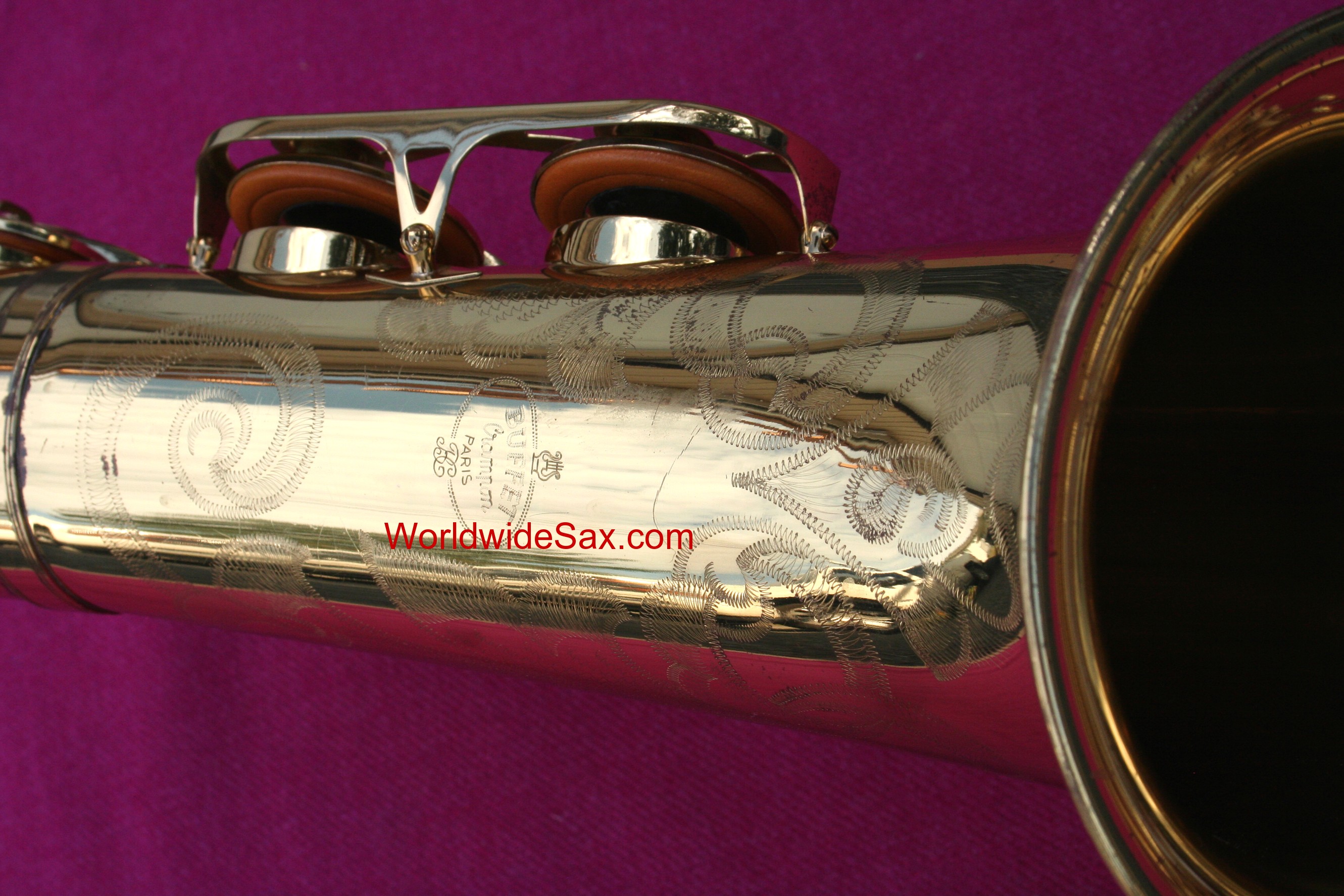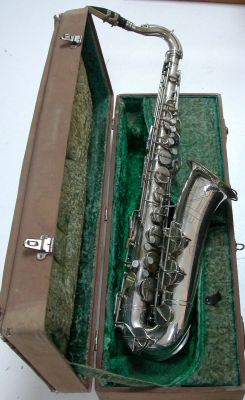

This resulted in the "Modell Peter Ponzol" alto and tenor saxophones.

In 1986 the company hired jazz saxophonist Peter Ponzol as a consultant to refine and redesign Keilwerth saxophones for the jazz market. Julius Keilwerth also produced a limited quantity of a trumpet called the "Toneking 3000." There may have been other brief forays into making other woodwinds or brasswinds, but no records are available as of this writing (February 2012). Most of these historical models were also available with different "packages," such as "EX" ("Exklusiv") with more elaborate engraving, additional keywork, additional mother-of-pearl inlay, or drawn and rolled tone holes.

IDEENTIFINY JULIUS KEILWERTH TENOR SAX SERIES
The New King (late prewar and postwar, informally grouped into Series I, II, III, IV, and V, base for stencils).On 1 August 2010 they were acquired by Buffet Crampon. In March 2010, Schreiber & Keilwerth filed for bankruptcy. In 2006 The Music Group was broken up and Schreiber & Keilwerth became an independent company. The combined company was sold to The Music Group in 2003.
IDEENTIFINY JULIUS KEILWERTH TENOR SAX SERIAL
In 1948, the old Julius Keilwerth production facilities in Graslitz, now Kraslice, became part of the Czech Amati collective, however the first saxophones that Amati sold were still stamped with the "JGK - Best in the World" trademark, had the model name "Toneking" and had Julius Keilwerth serial numbers.īoosey & Hawkes purchased Keilwerth in 1989 and merged the company with Schreiber in 1996. After World War II, the company relocated to its present headquarters at Nauheim, Germany. The Julius Keilwerth company became one of the largest saxophone manufacturers in Europe by the start of WWII, with approximately 150 workers. They primarily manufactured saxophones for Adler and FX Hüller. After this apprenticeship, Julius Keilwerth and his brother, Max, established a workshop in their home around 1925 or 1926. Julius Keilwerth first apprenticed for the Kohlert company in Graslitz, Czechoslovakia.


 0 kommentar(er)
0 kommentar(er)
